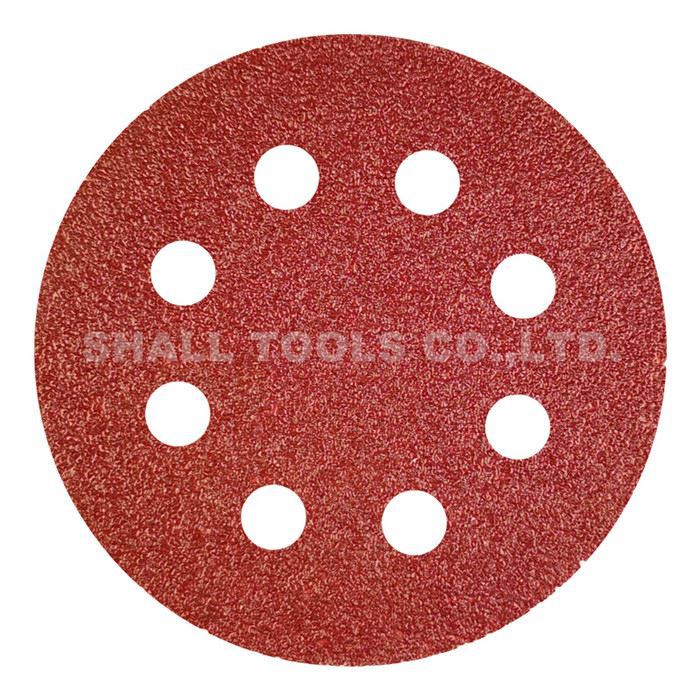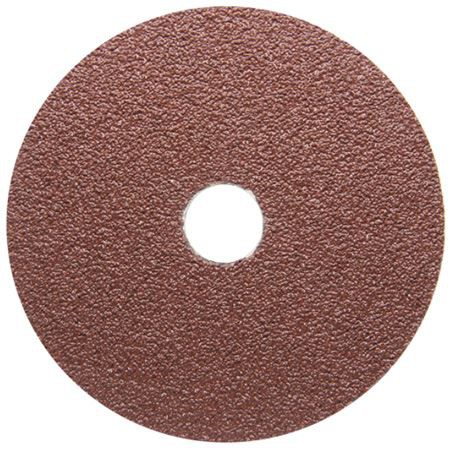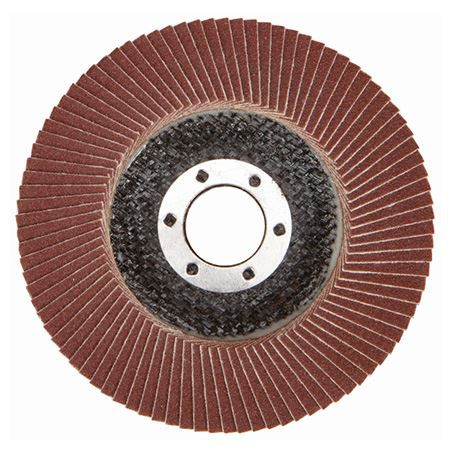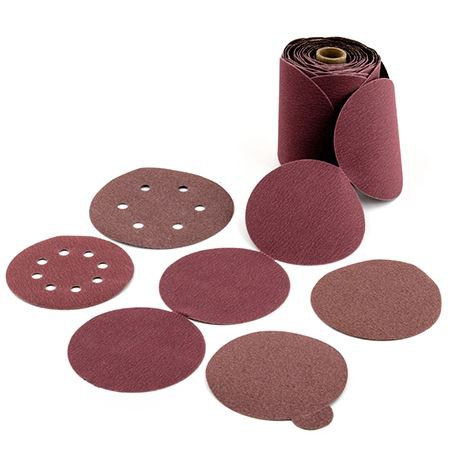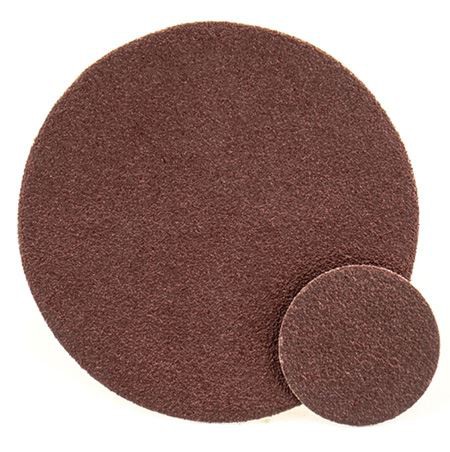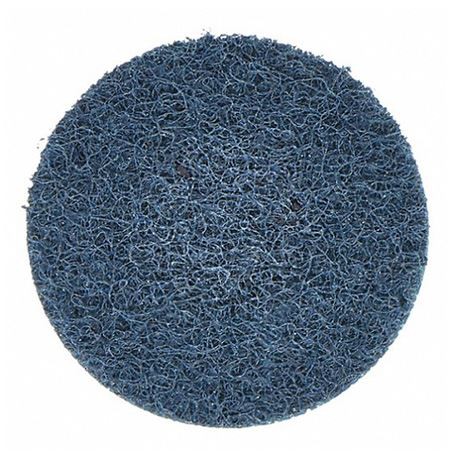Sanding Disc
● Professional R&D and Sales Service Team.
● Self-owned factory with competitive and reasonable price, lifting our production quality.
● High quality production and design standards for safe and reliable use.
-Widely used in the grinding and polishing of metal and non-metal, wood, rubber, leather, plastic, stone, glass and other materials.
-Pre-punched with holes for efficient dust extraction.
-Durable velcro backed
● 7 grades sandpaper assortment from rough to fine to satisfy almost all your general polishing requirements.
● Good adhesive: Velcro backing, easy to stick to the random orbital sander, but will not fall off when installed in use.
● Grate durability :Orbital sander pads made from top aluminum oxide grain, durable and anti-static, provides a long lasting grit. Ideal for various materials in both woodworking and metalworking. 8 holes are designed for efficient dust extraction.
● Good polishing effect :Open-coat produces an even and consistent scratch pattern, special stearate coating is used to maximize resistance to clogging and pilling, offering better surface finishes, and perfect cleaning and polishing effect.
● Widely applications: Widely used in the grinding and polishing of metal and non-metallic materials of various complex surface rust. Including bare wood, painted surface and metal, aluminum, alloy, rubber, leather, plastic stone, glass and other materials.
● Fits Random Orbit Sander, Ideal for grinding and finishing on Painting work in your house, Widely used in the grinding and polishing of metal and non-metallic materials of various complex surface rustand for car painting.
Material: Aluminum Oxide
Size: 5 inch(125mm) sanding discs fit universal orbital sander
Packing: color box, head card
Applications for Sanding Disc
Sanding discs remove surface materials such as metal, ceramics, glass, plastics, and paint, as well as burrs and other imperfections. Depending on their construction, non-woven surface conditioning discs can be used in wet and dry grinding, sanding, cleaning, polishing, and surface preparation applications in a variety of industries, including metalworking, woodworking, ceramics, and even semiconductor manufacturing.
WHY CHOOSE SHALL AS YOUR DRILL BITS SUPPLIERS?
✔ More than 20 years of experience in the tools industry.
✔ Full range of tools, power tools, power tools accessories, garden tools, hand tools, tools set, etc. More than 10,000 items, can satisfy all the tools requirements, bring wide market benefits to customers.
✔ Professional R&D and Sales Service Team.
✔ Self-owned factory with competitive and reasonable price, lifting our production quality.
✔ High quality production and design standards for safe and reliable use. Built to international standards CE/GS/EMC/ETL/ROHS/UL.
✔ ODM&OEM Customization services.
✔ Strict Quality Control.
✔ Low MOQs,fast delivery.
Types of Sanding Discs
The most commonly used disc types are pressure-sensitive adhesive (PSA) discs, adhesive discs, or hook loop (think Velcro) sanding discs. PSA discs feature a hole-free design to reduce tearing, and an anti-clog zinc stearate coating to resist dust build-up. Hook-and-loop discs feature tiny plastic hooks and loops used to attach the abrasive disc to the tool. Both provide secure mounting of the abrasive material to the sanding pad, and each also offers the opportunity for a quick change-out if the abrasive material wears out and needs to be replaced, or if it's time to work with another grit. It is possible for the sanding pad to wear out on a hook-and-loop tool, but don't worry, the pad can be easily replaced.
SANDING DISC/SANDING PAPER: The Ultimate FAQ Guide
Popular abrasive discs types and how to use them
● Fiber Discs: These are ideal for general-purpose applications ranging from heavy stock removal to surface blending. Featuring a heavy-duty coated abrasive disc, fiber discs can be used with a back-up pad on portable angle grinders for paint and rust removal, deburring, portable grinding, cleaning, and detailing in industries including collision repair, metal fabrication/welding, and manufacturing/industry.
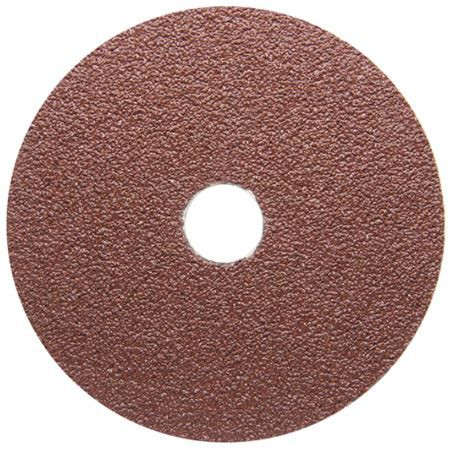
● Flap Discs: With abrasive flaps affixed to a rigid backing plate, flap discs can be used with right angle grinders to grind and finish at the same time. They're great to use for stock and material removal during blending work as well as for beveling, finishing, and cleaning and detailing work. Flap discs are frequently used in building and construction, auto repair work, as well as energy and transportation industries.
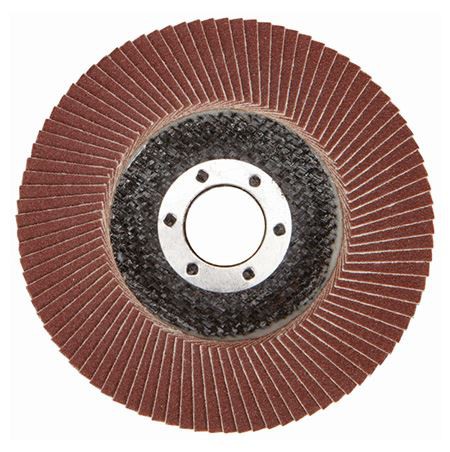
● Paper Discs: Likely the most common and widely known sanding disc, these are traditional dry sanding discs used with random orbital and rotary sanders. They are used for light stock removal to fine finishing on wood, plastic, fiberglass, composite, primer and sealers. Paper discs are typically available in PSA and hook & loop styles, and are tremendously versatile in a wide range of grits. They can be used for paint preparation and removal, sanding, smoothing, and stripping. Paper discs are also good for rust and stock removal, along with blending, finishing, and microfinishing. Often they're used in collision repair, home and leisure projects, paint and drywall operations, manufacturing, industry, and more.
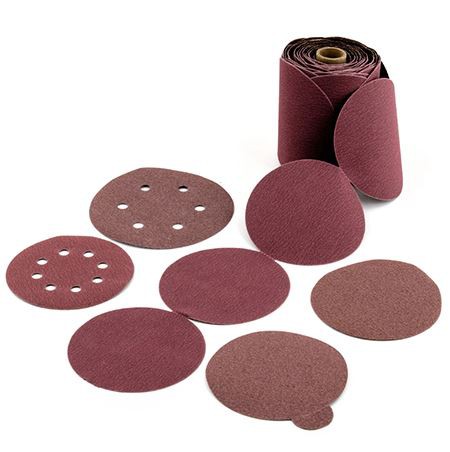
● Film Discs: With a polyester film backing featuring exceptional flexibility, tear resistance, and flatness for a great finish, film discs are designed for final finishing on primed and painted surfaces, composites, and varnishes. With a hook & loop backing and aluminum oxide abrasive, film discs are used for finishing and microfinishing in collision repair, transportation, and manufacturing and industry.
● Cloth Discs: Frequently used on random orbital and stationary disc sanders, cloth discs are ideal for blending, paint prep, polishing, stock removal, and stripping for collision repair jobs, home and leisure projects, metal fabrication, welding, building and construction, and more. With a PSA or hook & loop backing, when paired with a rubber back-up pad, it provides the rigidity needed for hard-to-grind steels and alloys.
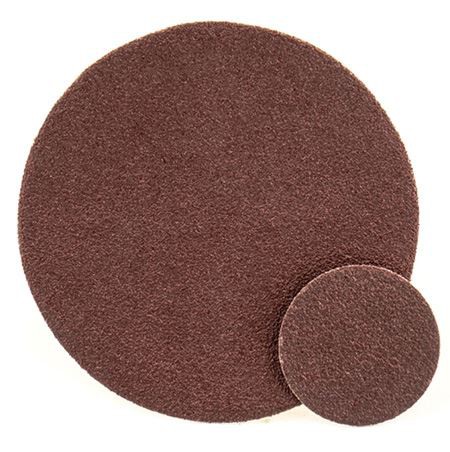
● Quick-Change Discs: With a twist-on/twist-off fastening system and tool-free attachment design that saves time and maximizes productivity, quick-change discs offer excellent blending, deburring, and grinding into smaller, hard-to-reach areas. Used with portable grinders and disc sanders, quick-change discs can be used for paint prep and removal, body panel surface repair, finishing and deburring, stock and rust removal, blending and beveling, surface prep, and grinding. Quick-change discs are ideal for use in collision repair, janitorial work, metal fabrication, welding, and in industries such as transportation, energy and environment, electronics, medical, and manufacturing.
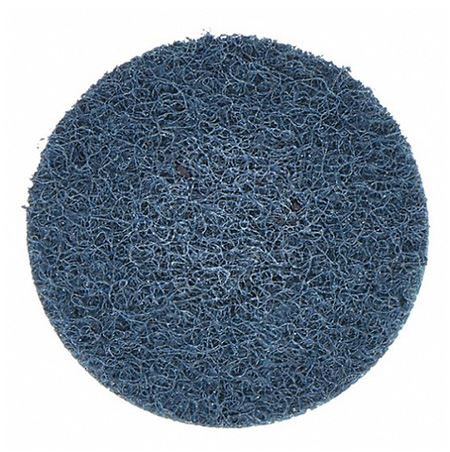
● Surface Conditioning Discs: Use with portable grinders and disc sanders, along with bench, pedestal, and floorstand grinders, and rotary floor buffers. Ideal for a variety of applications, including body panel surface repair, floor sanding, paint prep and removal, parting line removal, stock and rust removal, and portable and surface grinding. Surface conditioning discs are often used in manufacturing and industry, medical, transportation, energy and environment markets, the janitorial sector, and collision repair. These versatile discs are attached by hook & loop, speed-lok or speed-change fastener, and center-mount fastener.
● Foam Discs: Used in collision repair, manufacturing and industry, and transportation applications, foam discs are designed for moist finishing clear coats, varnishes, and gel coats to deliver a semi-polished surface. This provides for quick and easy buff outs on fiberglass and composite finishes. The foam backing is designed to conform to material contours during use.
● Floor Sanding Discs: These are designed to create a flatter surface and finer finish on floors compared to traditional belt or drum machines. Used with portable disc sanders or floor sanding and maintenance equipment, they're the disc of choice for commercial floor sanding professionals, and are popular in the building and construction industries, as well as for home use.
● Edger Discs: Along with floor sanding discs, edger discs provide the final touches to hard-to-reach areas of hardwood floors that belt and drum machines can't access.
● Diamond Discs: For use on fiberglass and composite surfaces, diamond discs feature the aggressiveness and durability of diamonds on a flexible backing. Used in a variety of manufacturing applications, they're commonly used with portable right angle grinders or random orbital disc sanders.
● Net Discs: With an open mesh backing, net discs provide a cleaner, healthier work environment with less sanding dust released into the air. Ideal for paint and drywall work, collision repair, metal fabrication, building and construction, floor sanding, and more, net discs are often used with portable disc sanders, floor sanding and maintenance equipment, and even hand-held sanding blocks. A versatile disc, it's used for applications including smoothing and stripping, plastic structural and cosmetic repairs, paint removal, cleaning and detailing, blending, and body filling.
How do I choose a sandpaper?
The lower the number, the coarser the grit; and the higher the number, the finer the sandpaper. Since coarse sandpaper leaves deeper scratches, start with the finest sandpaper that will tackle the project easily and work your way up to finer grits.
Sanding Disc for Wood
For pre-sanding,e.g.of rough,uneven beams and boards, you need coarse sandpaper measuring 40 to 60 grit; for surface sanding and sanding down of surface blemish, choose 80 to 120 grit sandpaper. For finishing surfaces smoothly, use extra fine sandpaper with 360 to 400 grits
Sanding Disc for metal
For deburring and derusting as well as sanding down,you need choose 24 to 60 grits;For deburring and cleaning,choose 80 to 150 grits;For finishing bring out the grain,choose 180 to 400 grits.
Sanding Disc for Drill
Sanding discs are available for mounting onto hand-held electric or air powered drills. Once the sanding discs holder is properly installed, a variety of grit sandpapers and abrasive pads can be attached to address various needs. From removing gasket material to paint, varnish and rust, sanding disks can help to reduce the amount of elbow grease needed to prepare a part or surface for refinishing.
How to use a sanding disc on a drill?
Step 1
Loosen the chuck on an electric or air powered drill. Turn the chuck by hand counterclockwise to loosen or use a chuck key. Remove any drill or driver bits installed in the drill chuck.
Step 2
Insert the mounting post of the sanding pad holder into the chuck. Tighten the chuck by hand or with a key so that the sanding pad holder is held securely in place.
Step 3
Select a sanding or abrasive pad based on the type of work to be done or on personal preference. The pad must be the same diameter as the sanding pad holder.
Step 4
Remove the protective backing from the sanding or abrasive pad by peeling it off to reveal a sticky surface.
Step 5
Align the sanding or abrasive pad with the sanding pad holder mounted to the drill. Press the pad securely to the pad holder.
Step 6
Connect the hand held drill to a power supply or air supply.
Step 7
Hold the sanding or abrasive disk a few inches above the work surface and squeeze the drill trigger start the pad turning. Position the pad so it is as flush as possible with the work surface.
Step 8
Choose a working speed for the sanding or abrasive pad. Touch the pad to the work surface to begin removing material.
Sanding Disc for table saw
The sanding disc is one of the tools you can use to smoothen the contour of wood ends with ease. Besides, having a sanding disc for your table saw allows you to turn into a sanding station quickly. The disc sander, of course, is a must tool in any shop. You can use them to make quick work of smoothing and shaping your stock. Moreover, with the sander disc, you can quickly shape the edges and ends of your material.
If you don’t have a flap sander or belt sander, you can always turn your table saw into a ready disc sander by using replaceable sandpaper that comes in a circular shape. Its use is perfect for those with cramped workshops who want to maximize the use of every square foot of their shop.
Can I use Sanding Disc for concrete?
An orbital sander is the correct equipment to use when sanding concrete. You will want to have several different grit sizes of orbital sanding discs on hand. 220-grit, 300-grit, and 400-grit or 420-grit discs are ideal.
Sanding Disc for Paint
For sanding paint,suggest to choose 40 to 60 grit;For sanding primer(e.g.removing brush strokes,paint drips and stains,choose 80-150 grit;For finishing of primer prior to painting,choose 180 to 400 grit.
Can you put a sanding disc on a grinder?
To turn your angle grinder into a sander you're going to need some Flap Discs. These discs are specifically designed for use on an angle grinder, and make sanding away lots of surface area a breeze. When you need to remove or sand a lot of surface wood away, turning your angle grinder into a sander is the easiest and most cost effective way to do it. Using a sander is the easiest way to remove a lot of excess material.
Hot Tags: sanding disc, abrasive disc, sanding pad, China, manufacturers, suppliers, wholesale,
Send Inquiry
